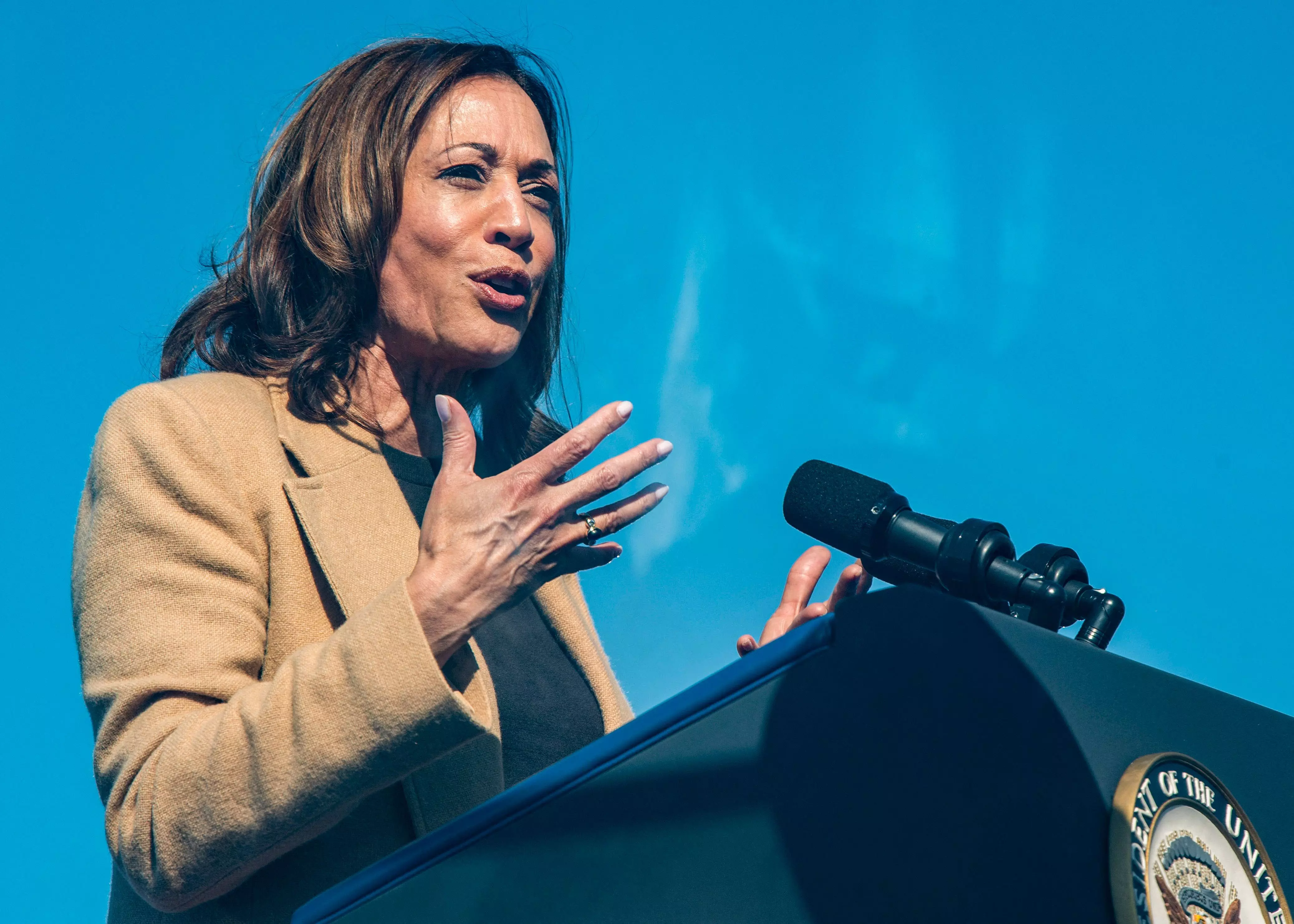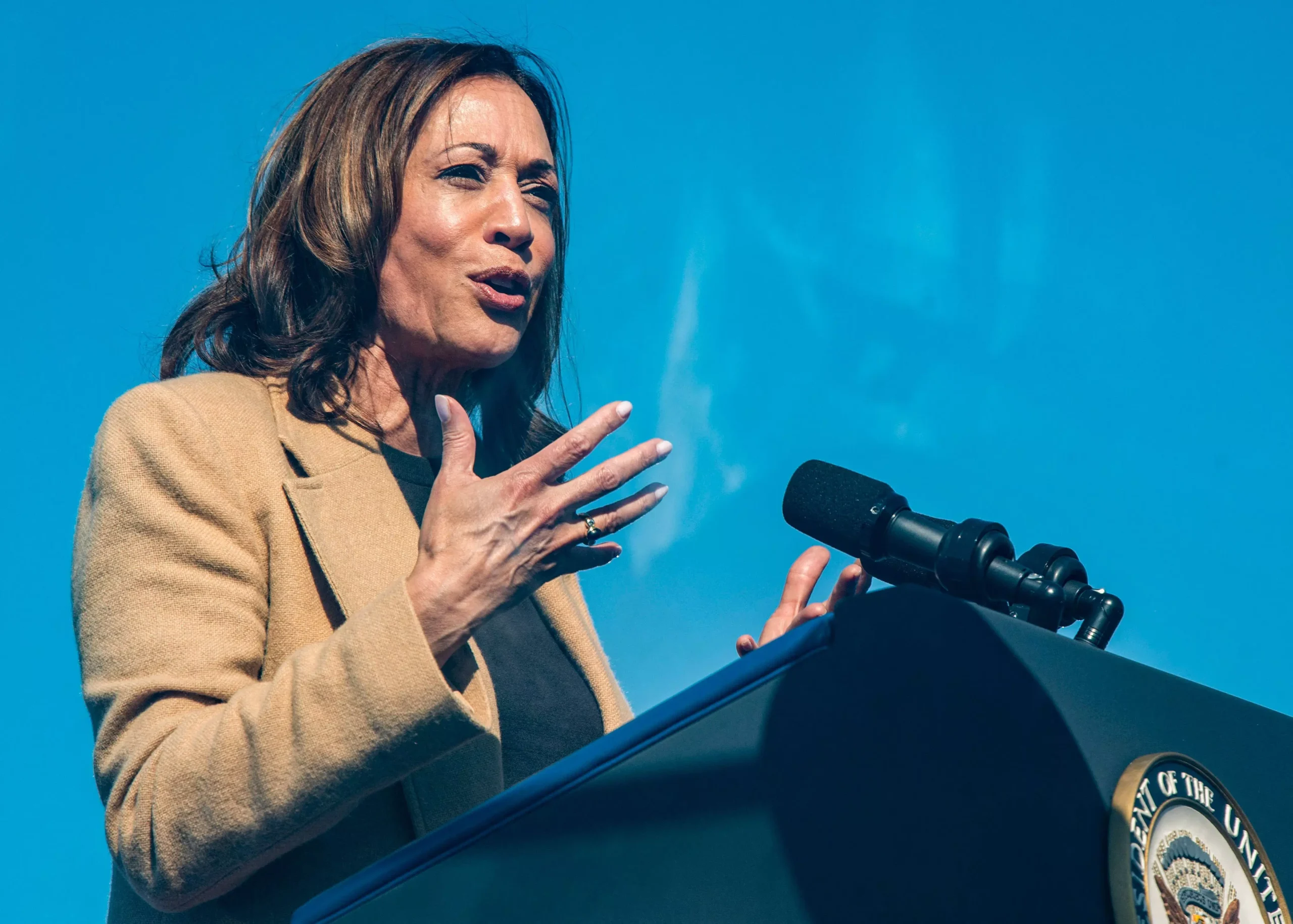
The countries of the Indian-subcontinent can pride on putting women leaders into high office long before the rest of the world. The world’s first elected woman Prime Minister was Sirimavo Bandaranaike of Sri Lanka (which was then Ceylon) in 1960. India’s “Iron Lady” Indira Gandhi emerged soon afterwards, in 1966. Other pathbreakers in the region were the first elected woman Prime Minister in a Muslim country, Benazir Bhutto in Pakistan in 1988, and were followed by Bangladesh’s Begum Khaleda Zia and Sheikh Hasina Wajed in 1991 and 1996 respectively. Myanmar’s Aung San Suu Kyi has been the virtual leader of the masses, though her victory in 1990 was disallowed and her party took over as late as 2015. Even Nepal has had Bidya Devi Bhandari as its President in 2015.
However, the global champion of democracy and all kinds of progressive movements, the United States of America, has not had a woman in the top job. While women have made it to the posts of vice-president (Kamala Devi Harris), secretary of state (Condoleezza Rice, Madeliene Albright and Hillary Clinton), Speaker of the House of Representatives (Nancy Pelosi) and even as presidential candidates (Hillary Clinton won nearly three million more popular votes than Donald Trump in 2016, but still lost in the electoral college) — they didn’t make the final cut for the Oval Office as POTUS. The United States remains amongst the 113 countries worldwide that have not had women in the top position.
One of the metastasized theories of gender discrimination and sexism that is frequently bandied about is that countries with strong militaristic culture and nuclear wherewithal are naturally averse to women at the top. This holds good not just for the United States but also for Russia and China, the other claimants for “superpower” status. Implicit in this flawed logic is that women would not be “tough enough” in difficult situations, that might lead to declaring war. But this theory is negated by the examples of Israel’s Golda Meir (Yom Kippur War 1973), India’s Indira Gandhi (Bangladesh War 1971) or even Britain’s Margaret Thatcher (Falklands War 1982). So many others, such as Angela Merkel, Jacinda Arden, Tsai Ing-wen, etc, held their own and navigated their countries with a rare combination of nerves of steel, decisiveness, and empathy, all rolled in one. There hasn’t been a credible reason posited for women’s denial, except undeniable discrimination.
It is with this backdrop that Hillary Rodham Clinton reignited the hope of breaking the “highest, hardest glass ceiling” at the recent Democratic National Convention in Chicago last month. Punting on Kamala Harris to defeat the ultra-macho appeal of Donald Trump, Hillary recalled the collective journey of American women: “Together, we’ve put a lot of cracks in the highest, hardest glass ceiling”. And then she went on to the larger significance: “When a barrier falls for one of us, it clears the way for all of us”. She then alluded to a so-far missing piece of the American Dream to suggest: “On the other side of that glass ceiling is Kamala Harris raising her hand and taking the oath of office as 47th President of the United States”. However, it is an angularity that hasn’t been pitched aggressively enough by Kamala herself: perhaps she doesn’t need to state the obvious and may tactically pitch the same in the final stages, to win over the fence-sitters. Right now, she is focusing on the winning with the “prosecutor versus felon” theme that reiterates the fact that Mr Trump has been formally indicted in multiple jurisdictions and convicted of 34 felonies. It seems to be working, as she is statistically ahead.
Earlier, “electability” had been a code phrase for convenient male preference. But with a reassuring record as vice-president in the shadow of a perceptibly shaky President Joe Biden, Kamala can flex her performance for the top job. She has already started getting under the skin of Donald Trump with statements like: “In those roles I took on perpetrators of all kinds: predators who abused women, fraudsters who ripped off consumers, cheaters who broke the rules for their own gain. So, hear me when I say, I know Donald Trump’s type”. This has left Mr Trump with no choice but to up the ante in retaliation and create even more space for more damaging “self-goals”.
Mr Trump personifies the term “abuse of power”, and history is instructive that the more power he has been afforded, the more people (especially women) he has hurt. His known treatment and commentary of women have been the original peek into his abuse of power. In a wounded and polarised world, Kamala Harris brings personal experience of so many societal prejudices — race, ethnicities, immigration, religion, colour and gender — as someone who has endured the same. She could affirm for gender, like President Barack Obama managed for race.
Conversely, voting for Kamala on account of her gender is also sexism — therefore, traction for her should really be because she is inherently more qualified, competent and likely to manage to govern America more effectively. In an ideal world, gender should not be a part of the conversation, and by defeating Mr Trump she will instil the “normalcy” of such expectations. By not over-emphasising on gender, Kamala is confidently pitching her opinions, policies and experiences — this by itself should be enough, though sadly isn’t, given the regressive beliefs of some people. Therefore, the importance of shattering that glass ceiling. Eventually, how Kamala Harris will fare as President will have nothing to do with gender.
